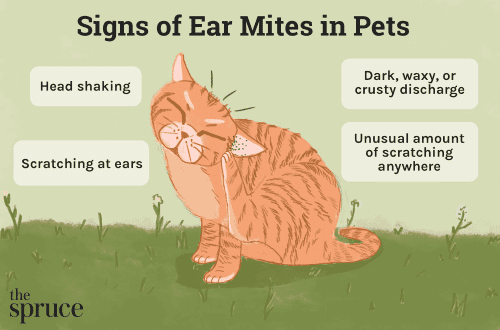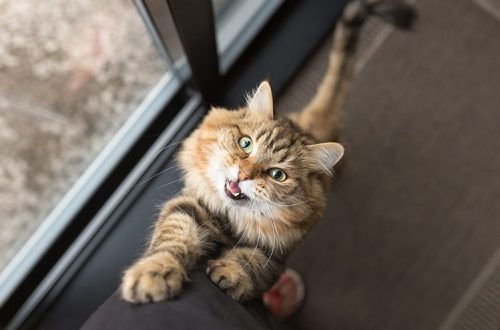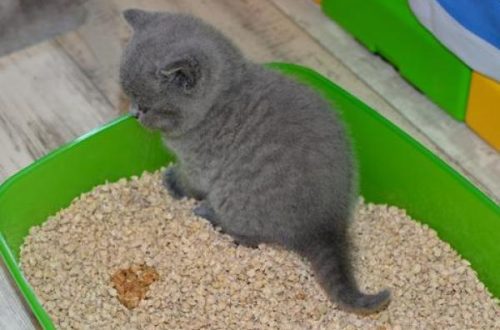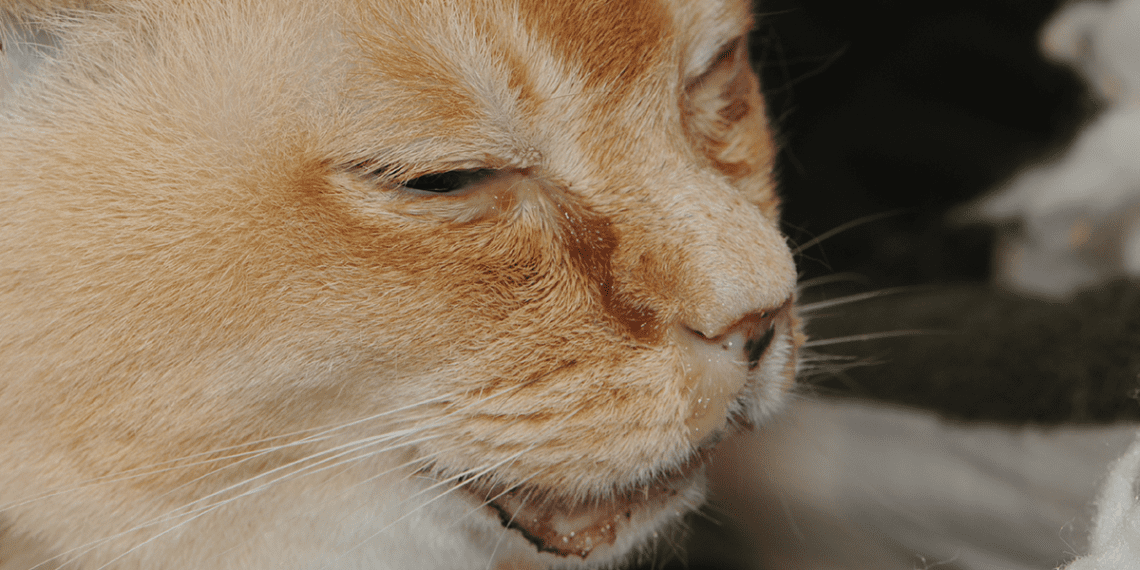
Upper Respiratory Infections and Diseases in Cats: Symptoms, Diagnosis and Treatment
Upper respiratory tract infections (URTIs) are quite common in domestic cats. How do you know if your pet has this disease?
Contents
Cat Respiratory Infections: What is it?
In cats, upper respiratory tract infections are caused by viruses and bacteria that cause sneezing, eye discharge, and a host of other symptoms. These infections are highly contagious because pets can be infected with viruses and bacteria at the same time. Symptoms can range from moderate to severe.
The most common types of URTI in cats are feline herpesvirus type 1, also known as feline viral rhinotracheitis, or FVR, and feline calicivirus, according to the Pet Health Network. The main bacterial pathogens are Bordetella bronchiseptica and Chlamydophila felis.
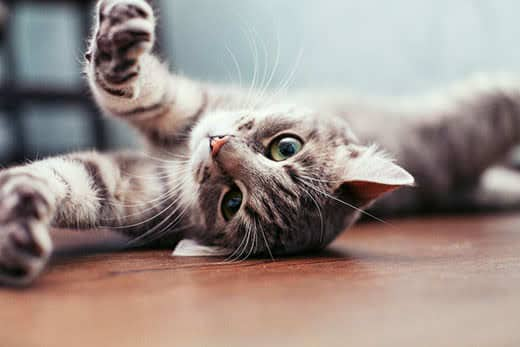
How Respiratory Diseases Spread in Cats
Usually, an infected cat sneezes, passing on the virus and/or bacteria through secretions from the nose, eyes, or saliva. The infection can be transmitted from cat to cat or through contact with so-called fomites – any objects that can carry viruses or bacteria. Fomites can be food and water bowls, trays, bedding, toys, carriers, cat trees, cages, and even… owners.
Cats infected with the herpes virus become carriers of the virus for life. This means that they will carry the virus in an inactive state throughout their lives, showing no symptoms and not becoming infected unless the virus is reactivated by stress. Sources of stress can be moving, staying in a shelter, other illnesses, surgery, or the appearance of new residents of cats, children in the house. Pets infected with the herpes virus feel best in a quiet home where there are no other animals besides them.
About half of cats infected with calicivirus carry the disease for several months, but some may remain carriers for life. The problem with persistent carriers of the herpes virus and calicivirus is that these pets do not show symptoms, but can infect other animals.
Signs of Respiratory Infections in Cats
In most cats, URT infections resolve without complications in 7 to 21 days. If a cat is immunocompromised, meaning its immune system is not fighting infections well or has other health problems, URTIs may last longer. The incubation period for the virus or bacterium after infection is 2 to 10 days, after which symptoms develop. The cat is considered contagious throughout the illness.
Symptoms of upper respiratory tract infections in cats include:
- sneezing;
- increased body temperature;
- loss of appetite;
- lethargy;
- red or puffy eyes, swollen eyelids;
- coryza;
- discharge from the eyes – clear, green, white or yellow;
- unpleasant smell from the mouth.
Cat Respiratory Infection Diagnosis
In most cases, upper respiratory tract infections in cats are diagnosed based on a physical examination and history provided by the owner.
The veterinarian will perform a complete physical examination and verbally interview the owner for medical history. If tests are needed, a swab is usually taken from the eye, nose, or back of the throat. In rare cases, additional testing, such as x-rays, blood tests, and cultures, may be recommended.
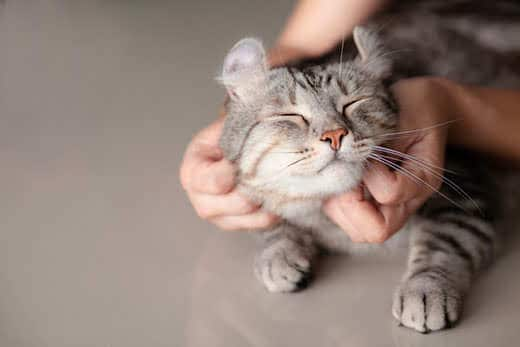
Can a cat infect owners
With rare exceptions, most of the infectious agents that cause URTIs in cats do not pose a risk of infection to humans. The exception is the bacterium Bordetella bronchiseptica, which in extremely rare cases can lead to problems in immunocompromised people. If someone in the family develops signs of an upper respiratory tract infection or skin ulcers during the period when the pet is sick, it is necessary to consult a doctor and be sure to follow the rules of hygiene to prevent the spread of the disease.
Treatment of upper respiratory tract infections in cats
Fortunately, in most cases, URTIs are accompanied by mild symptoms that resolve on their own over time. However, in some cases, when the cat has reddened eyes or profuse discharge from the nose, the veterinarian may prescribe an antibiotic. If you follow all the instructions and recommendations of your veterinarian, and the pet is not getting better, you should contact your veterinarian for an examination and, if necessary, to correct appointments. Most often, pets with upper respiratory tract infections are treated at home. If your cat has discharge from the nose or eyes, gently clean them using a warm, damp towel. Pets with upper respiratory tract infections may not have an appetite. During this period, you should provide them with tasty canned food that can be heated to enhance the flavor. If the cat is still not eating for more than a day or two, the treating veterinarian should be contacted. If the cat is dehydrated, fluid therapy in the form of a subcutaneous or intravenous drip may be recommended. Some animals get so sick that they need to be admitted to an infectious diseases hospital at a veterinary clinic. This can be avoided by contacting a veterinarian at the first sign of URTI. Important to remember. that URTIs are highly contagious when transmitted from animal to animal. Accordingly, it is necessary to warn the veterinary specialist about suspicions of the disease before arriving at the clinic. In this way, the doctor can take the necessary measures to ensure the safety of other animals in the clinic, especially those who may have a weakened immune system.
It is important to keep your pet away from cats that show symptoms of an upper respiratory tract infection and keep their vaccinations up to date. They effectively protect against diseases that can lead to upper respiratory tract infections.
See also:
Cat’s Five Senses and How They Work Why Cats Need Whiskers Strong Cat Breath Everything You Need to Know About Cat Blood Tests



